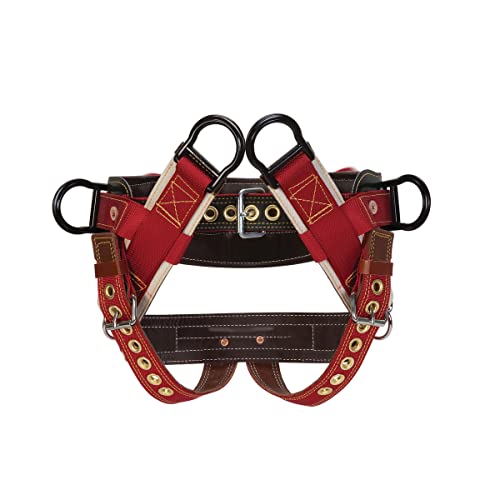I'm trying to find some numbers on the merits of a secondary burn chamber in a wood furnace.
The 2 furnaces I am comparing is the US Stove 1557M ($1399 from tractor supply) and the Firechief 500 (about $2000 online). I read that the US Stove model has 63% efficiency, but there are no such numbers for the fire chief (I called them already...they don't have any numeric data). So I'm turning to the experts here...how much better is the secondary burn feature?
I know there are other advantages to the Fire Chief model over the US Stove model, but I would like to know more about this particular feature with real data or real experience.
Thanks!
The 2 furnaces I am comparing is the US Stove 1557M ($1399 from tractor supply) and the Firechief 500 (about $2000 online). I read that the US Stove model has 63% efficiency, but there are no such numbers for the fire chief (I called them already...they don't have any numeric data). So I'm turning to the experts here...how much better is the secondary burn feature?
I know there are other advantages to the Fire Chief model over the US Stove model, but I would like to know more about this particular feature with real data or real experience.
Thanks!
























































 Saw some junk out there also, heatalator and drolet. Poor quality ones have low weight, (think sheetmetal) and non replacable burn tubes. Good stoves will weight in at 500+ lbs, and have replaceable stainless steel burn tubes made of pipe, not sheetmetal.
Saw some junk out there also, heatalator and drolet. Poor quality ones have low weight, (think sheetmetal) and non replacable burn tubes. Good stoves will weight in at 500+ lbs, and have replaceable stainless steel burn tubes made of pipe, not sheetmetal.